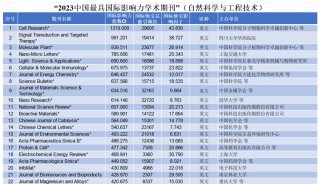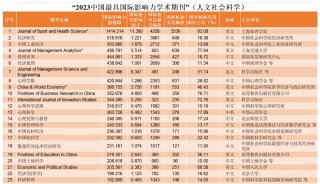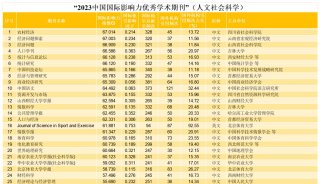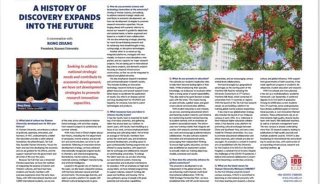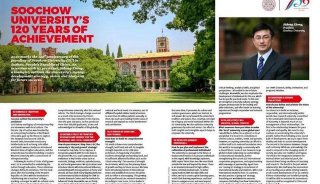世界顶级学术期刊《Nature》发布兰州大学110周年校庆特刊
9月5日,《Nature》发布兰州大学110周年校庆特刊,以“The buzz from China’s west(来自中国西部的声音)”为题介绍了兰州大学百十年的发展成就,兰州大学校长严纯华以“Blazing a trail(独树一帜)”为题接受专访。此外,还刊登了兰州大学化学、大气科学、生态学、草学等4个“双一流”建设学科,以及力学、数学、核科学、物理学、信息科学、医学、生物学、地理学、敦煌学、民族学、区域经济学、公共管理学等特色优势学科的发展及其重要创新成果。

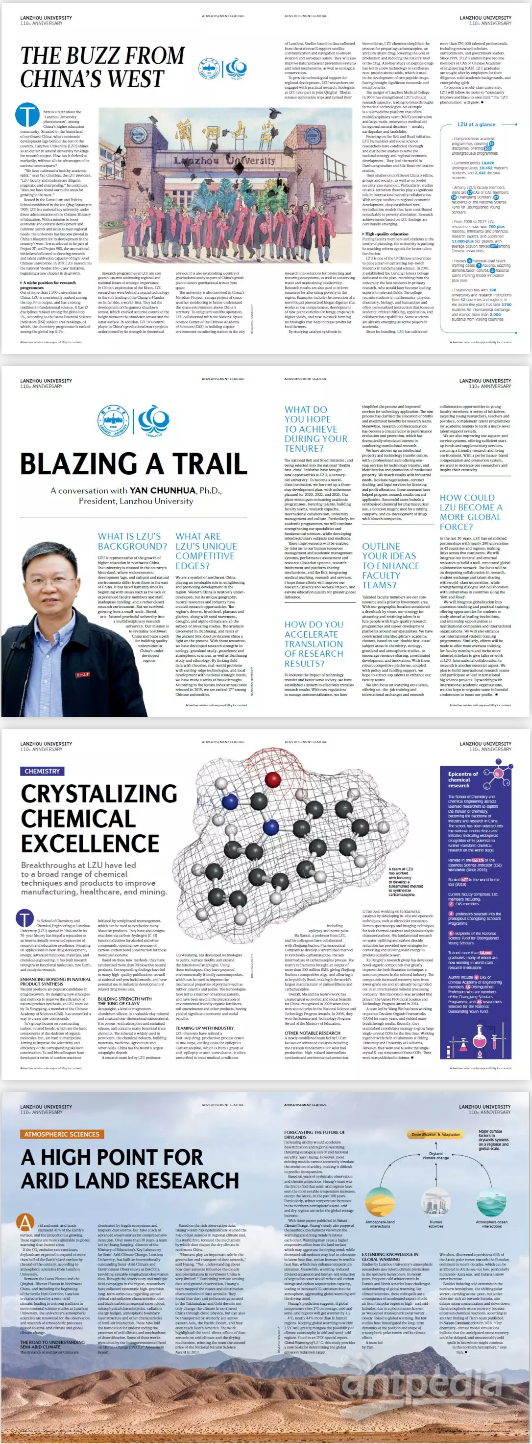

Crystalizing chemical excellence
Breakthroughs at LZU have led to a broad range of chemical techniques and products to improve manufacturing, healthcare, and mining.
The School of Chemistry and Chemical Engineering at Lanzhou University (LZU) opened in 1946 and in its 70-year history has forged a reputation as an internationally renowned epicentre of research and education excellence. Focusing on applications in new drug development, energy, advanced functional materials, and chemical engineering, it has built research strengths in functional molecules, rare Earth, and catalysis research.
Enhancing bonding in natural product synthesis
Natural products are popular candidates in drug discovery. By designing new strategies and methods to improve the efficiency of natural product synthesis, an LZU team led by Tu Yongqiang, a member of the Chinese Academy of Sciences (CAS), has unravelled a way to create new compounds.
Tu’s group focuses on constructing carbon-related bonds, which are the basic components of the skeleton of organic molecules, but, are hard to manipulate. Aiming to improve the selectivity and efficiency of the corresponding skeleton construction, Tu and his colleagues have developed a series of tandem reactions initiated by semipinacol rearrangement, which can be used to synthesize many bioactive products. They have also designed reactions via carbon-hydrogen (C-H) functionalization for alcohol and ether compounds, opening new avenues of carbon-carbon bond construction for these molecular systems.
Based on these new methods, they have synthesized more than 30 bioactive natural products. Corresponding findings have led to many high-quality publications, as well as national and provincial awards, and have potential use in industrial development of related drug molecules.
Building strength with the ‘king of clays’
Attapulgite, a kind of magnesium-aluminium silicate, is a valuable clay mineral and a natural one-dimensional nanomaterial. It is porous, with adsorptive and sustained release, and contains many beneficial trace elements. The mineral is widely used in petroleum, the chemical industry, building materials, medicine, agriculture and other fields. China has the world’s largest attapulgite deposit.
A research team led by LZU professor, Liu Weisheng, has developed technologies to purify, surface modify and expand the functions of attapulgite. Using these techniques, they have prepared environmentally friendly nanocomposites, which can be used to improve the mechanical properties of polymers such as rubber, plastics and paints. The technologies have led to a number of national patents, and have been used in the preparation of environmental friendly organic fertilizers, soil amendments and other products, having yielded significant economic and social benefits.
Teaming up with industry
LZU chemists have refined a four-step drug-production process down to two steps, cutting costs for epileptics. Carbamazepine, which is from a group of anti-epilepsy or anti-convulsants, is often prescribed to treat medical conditions including epilepsy and nerve pain.
Ma Jiantai, a professor from LZU, and his colleagues have collaborated with Zhejiang Jiuzhou Pharmaceutical Company to develop a streamlined method to synthesize carbamazepine, the key intermediate of carbamazepine process. The team’s refinements brought an output of more than 300 million RMB, giving Zhejiang Jiuzhou a competitive edge, and allowing it to be publicly listed, making it the world’s largest manufacturer of iminostillbene and carbamazepine.
Overall, Ma and his team’s work has created great economic and social benefits for China, recognized in 2009 when they won second prize in the National Science and Technology Progress Awards. In 2008, they won the Science and Technology Progress Award of the Ministry of Education.
Other notable research
A newly established team led by Li Can focuses on advanced catalysis including the catalysis fundamental for solar fuel production; high-valued intermediate synthesis and environmental protection. Li has been working on fundamental catalysis by developing in-situ and operando techniques, such as ultraviolet resonance, Raman spectroscopy and imaging techniques for both thermal catalysis and photocatalysis characterizations. His fundamental research on water-splitting and carbon dioxide reduction has provided new strategies for converting and utilizing solar energy to produce scalable power.
Xu Pengfei’s research group has developed novel organic compounds that greatly improve the froth floatation technique, a common process in the mineral industry. The compounds increased recovery rates from lower grade ore and are already being rolled out in an international mineral processing company. This innovation was awarded first prize in the Gansu Provincial Science and Technology Progress Award in 2014.
A team led by Wang Wei has been working on porous Covalent Organic Frameworks (COFs) for many years, and yielded many breakthrough results. Recently, they established a modulator strategy to grow large single-crystal COFs for the first time. Working together with their collaborators at Peking University and University of California, Berkeley, they were able to solve the single-crystal X-ray structures of these COFs. Their work was published in Science.
-
焦点事件

-
焦点事件
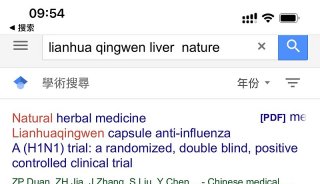
-
焦点事件

-
焦点事件

-
焦点事件

-
焦点事件

-
焦点事件

-
焦点事件







